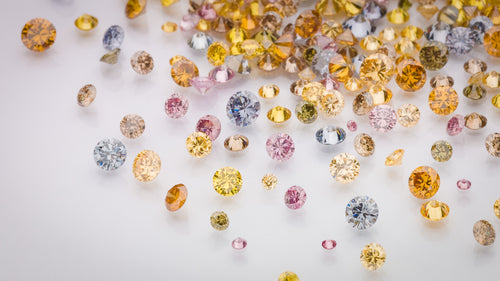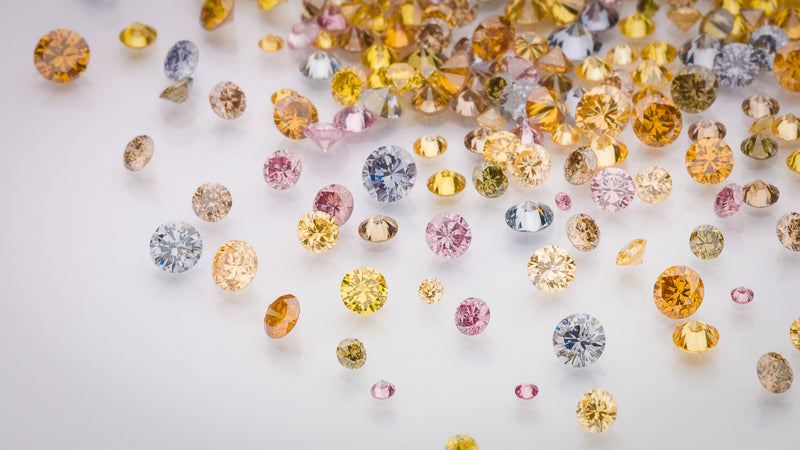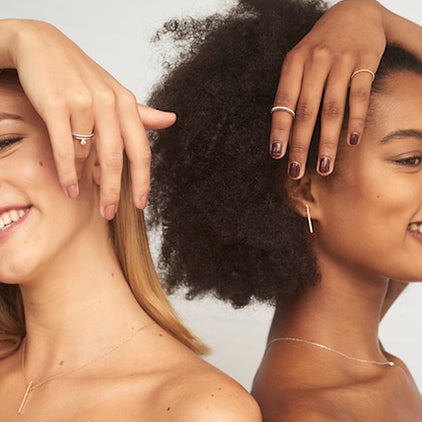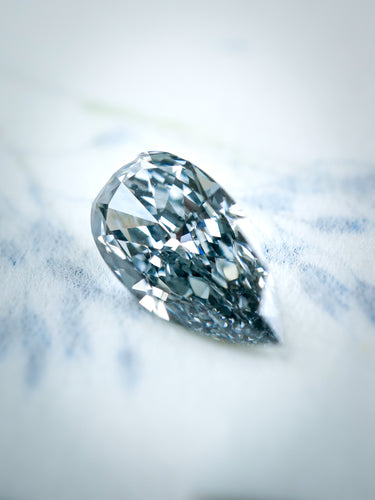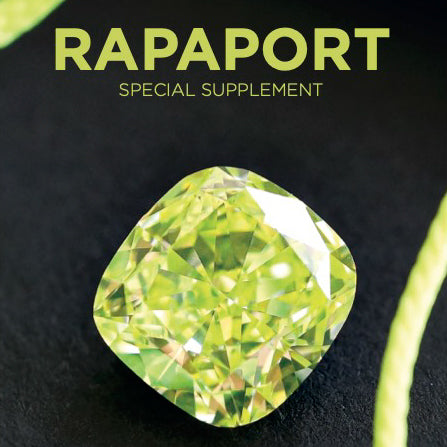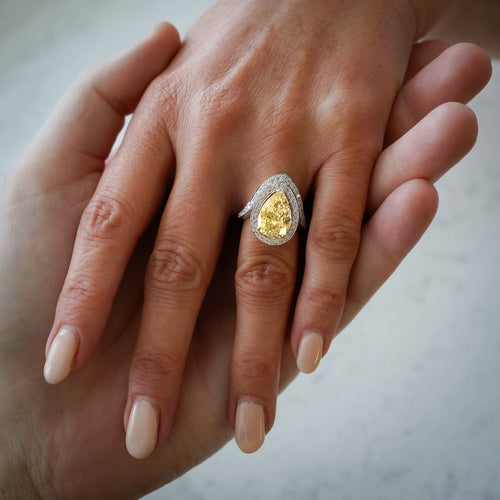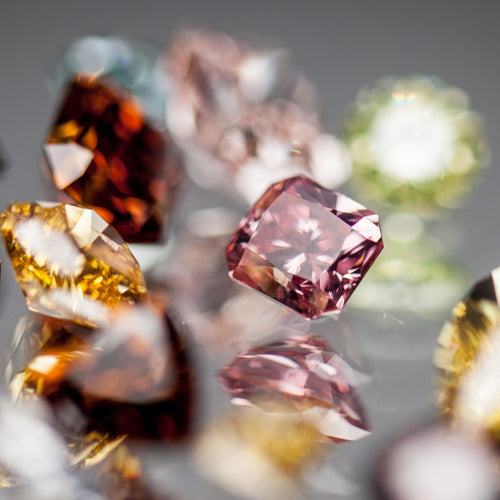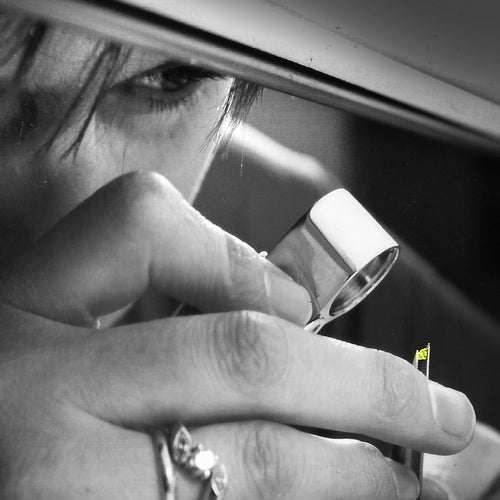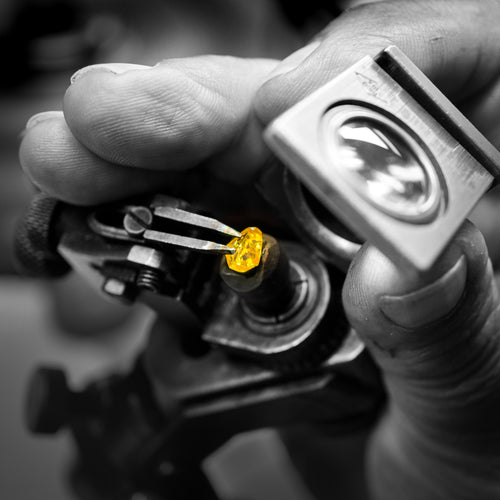Clarity
At first glance, it seems difficult to associate harmony and impurity. But this notion takes on its real meaning with color diamonds, where the most important element is color. The presence of certain impurities can be tolerated under certain conditions, the main ones being that they do not interfere with the play of color or with the sparkle of the stone, and that they not be visible to the naked eye. For example, a light-colored impurity in a dark stone, or a dark impurity in a light-colored stone will be equally visible.
Cut
The aim of polishing colorless diamonds is mainly to produce a cut stone that is as pure as possible, with a weight as close to that of the rough as possible - in order to maximize yield.
With color diamonds, however, it is not rare that weight will be sacrificed for color. Indeed, it is often possible to strengthen the intensity of the color and the sparkle of the diamond by cutting it. This is also why natural color diamonds are more often cut in fancy shapes than in the classical round brilliant cut, since fancy shapes tend to better intensify and enhance color. This is especially true for larger stones. For smaller diamonds, we can propose round brilliant cut diamonds for most colors, up to a certain size.

Color
Nothing is more subjective than beauty.
One should note that the color itself does not play a role in determining whether a natural color diamond is beautiful, as no color among the infinite number of hues and nuances that is found in natural color diamonds can be considered nicer than another. This is entirely a matter of personal taste. What can be said, however, is that the color is by far the most important aspect of a natural color diamond. Cut and carat are only important insofar as they can bring out the best of the color.
Generally speaking, one can say that a good quality natural color diamond is a diamond that has:
- maximum sparkle and life (i.e. whose cut best brings out its color and sparkle, while at the same time respecting the required proportions)
- acceptable purity (i.e. no significant inclusion can be seen with the naked eye, and the existing impurities are in harmony with the stone)
- uniform and harmonious color (there are no areas with stronger or weaker colors - i.e. inconsistencies in the color permeating the stone, which can be the result of an imperfect cut).

Carat
The aim of polishing colorless diamonds is mainly to produce a cut stone that is as pure as possible, with a weight as close to that of the rough as possible - in order to maximize yield.
With color diamonds, however, it is not rare that weight will be sacrificed for color. Indeed, it is often possible to strengthen the intensity of the color and the sparkle of the diamond by cutting it, and some passionate diamantaires will sometimes have a stone cut four or five times before being satisfied. The beauty of natural color diamonds is also that they will stand out much more – a 0.05 carat burgundy color diamond can make a gorgeous engagement ring, that is much more impressive than it would be with a white diamond of the same size.
